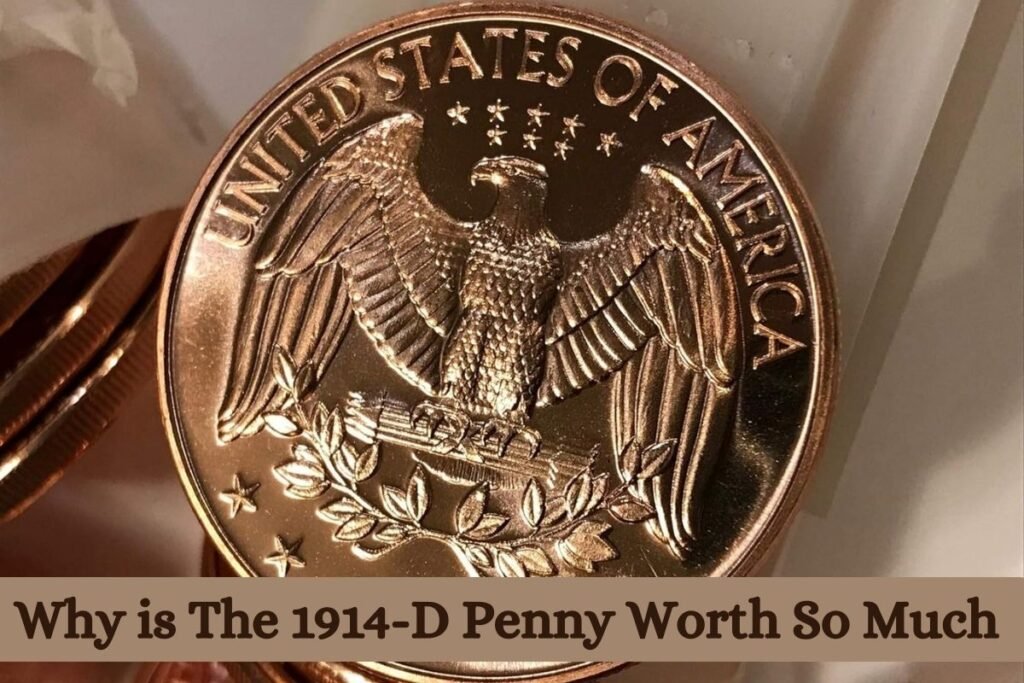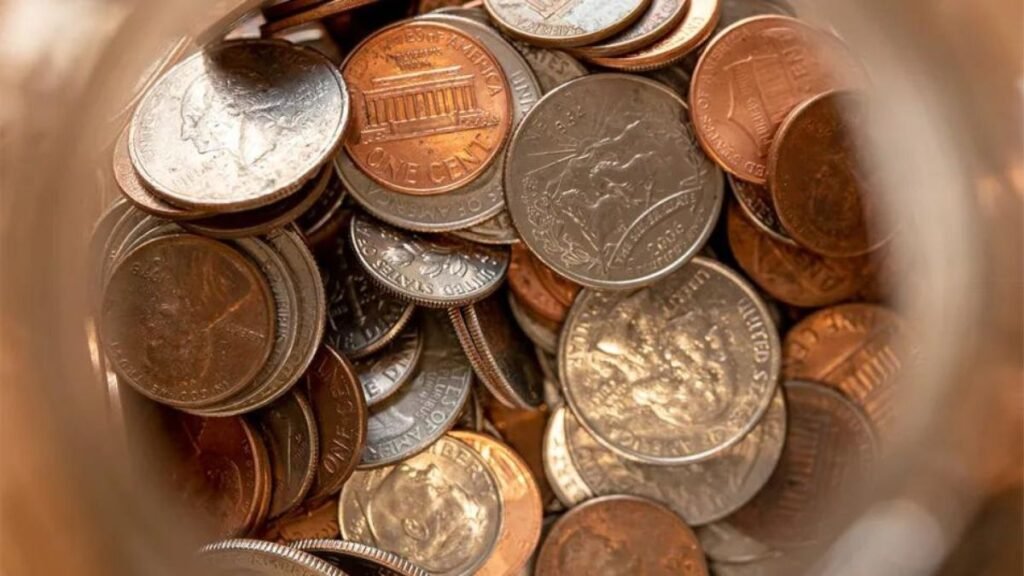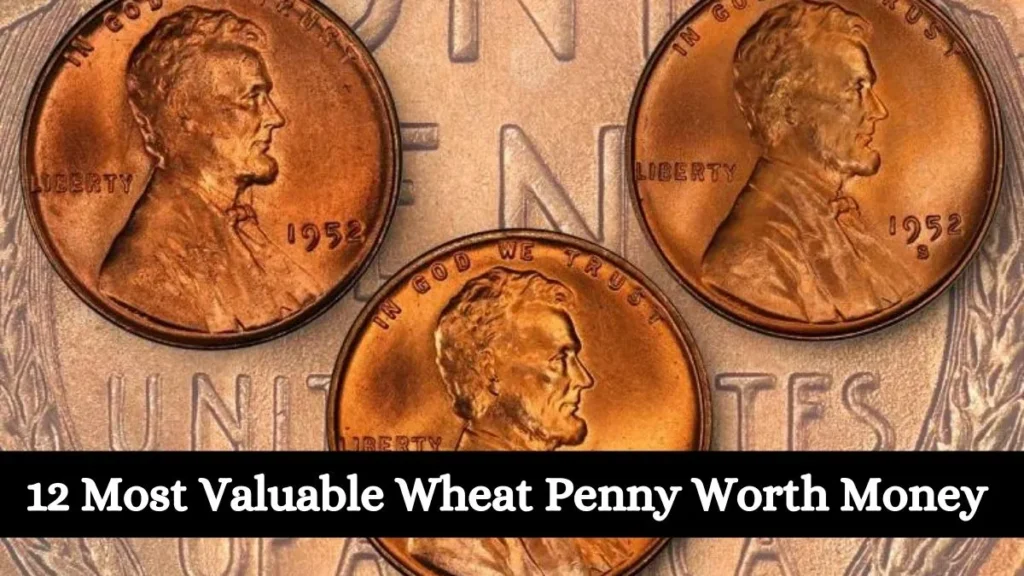Ever wondered if your old LINCOLN pennies could actually be worth something? Well, it turns out the 1914 version is pretty special.
So, since 1909, our 16th US President, Abraham Lincoln, has been hanging out on pennies. Over the years, they’ve made different versions like the memorial, birthplace, and wheat ears cents.
You know Why is The 1914-D Penny Worth So Much? They could have an error, low mintage, or some other cool quirk. And guess what? The 1914 Lincoln penny is no exception!
Related How Many Nickels and Dimes Make a Dollar
what’s the deal with the 1914 Lincoln penny?
Why is The 1914-D Penny Worth So Much
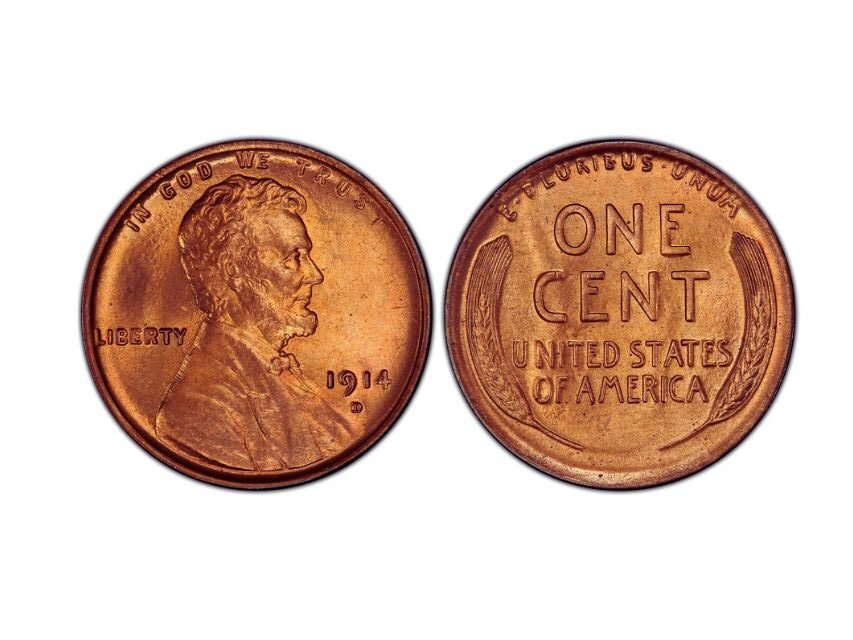
Alright, so what’s the deal with the 1914 Lincoln penny? This little guy was designed by a sculptor named Victor David Brenner. Now, most of them look pretty standard on the front—you’ve got “In God we Trust” at the top and “Liberty” hanging out on the left side of Mr. Lincoln.
But here’s the kicker: if you find one yourself, check the mint location under the year on the front. The ones with a “D” (for Denver) are kind of a big deal because there are fewer of them—just under 1.2 million, compared to over 75 million in the 1914 Philadelphia version.
Related 12 Most Valuable Wheat Penny Worth Money
Let’s talk money.
Like any coin, its worth depends on its condition. The Philadelphia one is sadly only worth a bit over a buck in average condition. But if it’s a proof coin, it could be worth a whopping $563.
Now, the D coin (the Denver one) is valued at around $278 on average and could go up to $3,673 in “uncirculated (MS-63)” condition. Crazy, right? Someone even sold one online for over 900 bucks recently. But beware—there are a bunch of fakes out there. Check the seller’s history and see if the coin is certified in the listing to be on the safe side.
How much it’s worth
Now, if you’re feeling lucky and want to find some rare coins yourself, start by rummaging through your home or wherever you keep your change.
You can also try using a metal detector in spots known for hidden treasures or swing by your local bank and ask for a penny wrapper. And hey, if you’re not into the treasure hunt, you can always check out sites like USA Coin Book or eBay. Just do your homework on the coin’s worth before splurging.
1914 Wheat Penny Error
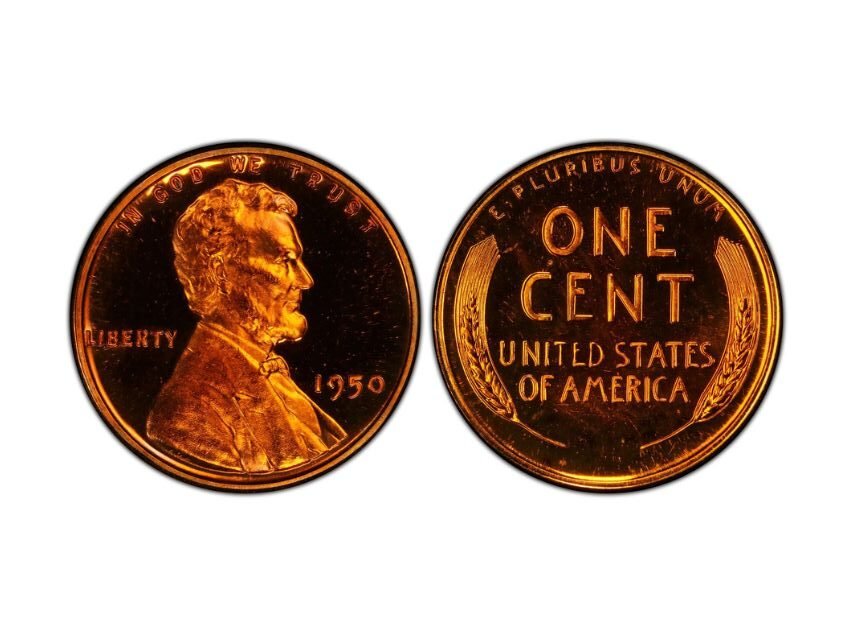
Lincoln cents have been around since 1909 and are still in circulation today. Over the years, there have been some pretty notable design changes. Between 1909 and 1958, the coin had two wheat stalks on the reverse, and collectors fondly refer to these as wheat pennies.
Now, the 1914 Wheat Penny is a noteworthy piece in this series, and there are a few different versions that can fetch impressive amounts. Let’s dive into the value of the 1914 Wheat Penny and explore the various variations and errors that make this coin stand out.
Related 14 Most Valuable Jefferson Nickel Errors and Varieties List
Wheat Penny Value Chart, 1914
Certainly! Here’s a breakdown of the values for the 1914 Wheat Penny based on different coin grades:
- 1914 No Mint Mark Wheat Penny:
- MS/PR60: $50
- MS63/PR66: $600
- MS65/PR67: $1,400
- MS66/PR68: $6,000
- 1914 D Wheat Penny:
- MS/PR60: $1,500
- MS63/PR66: $3,000
- MS65/PR67: $10,000
- MS66/PR68: $50,000
- 1914 S Wheat Penny:
- MS/PR60: $200
- MS63/PR66: $750
- MS65/PR67: $7,500
- MS66/PR68: $30,000
- 1914 No Mint Mark Proof Wheat Penny:
- MS/PR60: $300
- MS63/PR66: $500
- MS65/PR67: $7,000
- MS66/PR68: $60,000
Wheat Penny Grading: 1914
When it comes to grading a 1914 Wheat Penny, there are three crucial factors to consider: the type, grade, and color.
- Type:
- MS (Mint State): This denotes circulated coins that have been preserved in mint condition.
- PR (Proof): These are coins specifically crafted for collectors or archival purposes.
- Grade: The grade is assessed on a scale from 1 to 70, with 70 representing a coin in perfect condition. Here’s a breakdown of the grades:
- 1: Basal State-1
- 2: Fair
- 3: Very Fair
- 4, 5, 6: Good
- 7, 8, 10: Very Good
- 12, 15: Fine
- 20, 30: Very Fine
- 40: Extremely Fine
- 50: About Uncirculated
- 60, 65, 70: Mint State
- Color: The color of the coin is denoted by abbreviations:
- BN: Brown coins
- BR: Brown-red coins
- The most desirable ones are RD: Red coins.
1914 Wheat Penny Value According to Mink Mark
The wheat penny holds a significant spot in the history of US currency, also recognized as the Lincoln Cent. Collectors cherish it for its distinctive design, rich history, and affordability, making it an excellent starting point for anyone venturing into coin collecting.
Among these coins, the 1914 Wheat Penny stands out as something truly special. While most of them were produced in Philadelphia, two other mints, Denver and San Francisco, also minted this coin. However, their production quantities were significantly lower, making them potentially rare finds.
The scarcity of certain 1914 Wheat Pennies can lead to exceptionally high prices in the collector’s market. If you’re intrigued and want to delve deeper into this, let’s explore these unique varieties a bit more.
1914 No-Mint Mark Proof Wheat Penny Value
In 1914, proof coins were created for the purpose of testing dies and archiving. Being the initial coins minted, they boast an exceptionally attractive appearance. The flat part of the coin, known as the field, typically exhibits a mirror-like finish that contrasts with the frosted details of the coin.
A mere 1,365 of these coins were produced. While this might seem incredibly low, especially compared to Denver minting, there are crucial details to consider. Firstly, these coins were expected to be in perfect condition upon striking, and secondly, they were never intended for circulation.
Because of these factors, the likelihood of these coins remaining in flawless condition is much higher than that of regular coins. Consequently, there might be fewer Denver coins in perfect condition than proof pennies.
Despite these considerations, the 1914 No Mint Mark Proof Wheat Penny can command very high prices. Even in lower levels of mint states, estimates start at a few hundred dollars. A coin graded PR67 typically fetches over $7,000, and coins in the rare grade of PR68 are extremely scarce.
In 2008, one such coin sold for $126,500. Estimating its current market value is challenging, but it undoubtedly remains a highly sought-after and valuable piece.
The 1914 S Wheat Penny Value
The 1914 S Wheat Penny would be considered one of the most sought-after coins in the Lincoln Cent series if it weren’t for the ‘D’ coin. San Francisco only produced 4,137,000 of these coins, adding to its rarity and desirability.
While it may not reach the extraordinary prices of the Denver coin, a well-preserved 1914 S Wheat Penny can still fetch around $20, with very fine coins commanding $40. Once you reach the MS60 level, those prices can escalate to around $200.
In the MS65 grade, you can expect an approximate sale price of $7,500. As shown in the table above, this figure significantly surpasses the anticipated cost of a Philadelphia coin of the same grade.
The highest recorded sale price of a 1914 S Wheat Penny is truly impressive. Although it doesn’t quite match Denver, an ‘S’ coin still managed to sell for an astonishing $105,800. Naturally, this was a stunning red coin graded at MS66, showcasing the premium value placed on coins in exceptional condition.
Rare Wheat Penny Error List from 1914
1. Die Break
The die is the tool responsible for striking the coin and imprinting its image. Despite being designed for exceptional strength, dies can occasionally break. Once broken, they lose their ability to properly strike the coin.
Detecting a die break can be challenging, especially if it’s a minor issue like a crack. If you suspect that you may have an error coin due to a die break or other issues, the best course of action is to have it authenticated.
This ensures that the coin’s unusual features or errors are verified by experts, providing clarity on its authenticity and potential value.
2. Chipped Coin
Another common coin error is chipping, which occurs when a coin is struck but doesn’t promptly exit the collar. As a result, the coin may become chipped or clipped, meaning a small portion has been taken out of the coin. This can happen during the minting process, and the resulting imperfections can vary in size and appearance.
If you come across a coin with such abnormalities, it’s considered an error, and collectors often find these coins intriguing due to their unique characteristics.
3. Fake Mint Mark
While not a production error, it’s crucial to be cautious about fake mint marks when dealing with the 1914 D Wheat Penny, considering its high potential value. There are two common ways in which these fakes can occur.
The first method involves adding a ‘D’ to a no-mint mark coin. This is usually easy to detect as the details may appear weak, be in a slightly incorrect position, or lack the correct font.
The second method is when a counterfeiter takes a 1944 D Wheat Penny and removes the left side of the first ‘4’ to make it look like a ‘1’. This alters the 1944 date to 1914. This manipulation is typically easy to identify as there will be a noticeable gap between the middle two numbers.
To protect against these fraudulent practices, it’s advisable to take certain precautions. If you own a 1914 D Wheat Penny, it’s best to have it authenticated before selling.
If you’re in the market to buy one, make sure the coin has been authenticated before making a purchase. This helps ensure the coin’s authenticity and guards against potential counterfeit issues.

